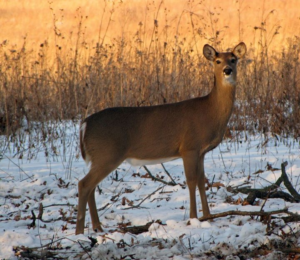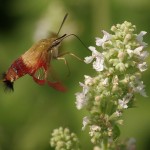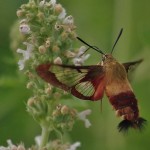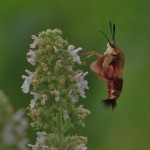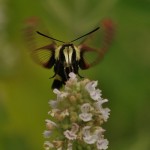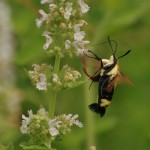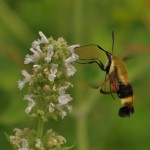North Winds, Freezing Temps
No hats, gloves, nor heated homes.
How do our winter birds survive?
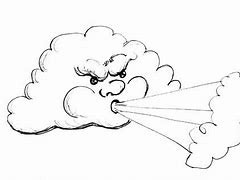 |
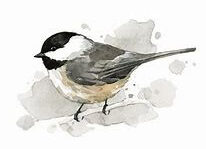 |
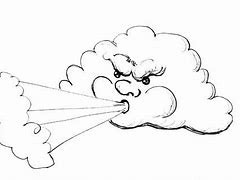 |
- In the fall, winter birds add on a layer of fat by increasing their normal intake of food. Some of them also grow more feathers.
- Because birds have a higher metabolism than we do, they also have a higher body temperature. The average is around 105 degrees.
- Their feathers equip them with a very effective form of insulation, and fluffing out their feathers enhances the feathers ability to insulate.
- Birds have an oil gland just above their tail, they use this oil to waterproof their feathers, while adding more insulation.
- Specialized scales cover their legs and feet, minimizing heat loss.
- Their ability to constrict blood flow to their extremities, enables them to control the temperature in their legs and feet, without effecting the temperature of the rest of their body.
- To protect their legs, they will stand on one leg or cover both by crouching down.
- If it is a sunny day, birds take advantage of it by exposing the largest part of their bodies, their backs, to the sun. Then they raise their feathers just enough to expose both skin and feathers, thus allowing them to absorb the sun’s warmth.
- During the night, small birds will sometimes share body heat by crowding together.
So don’t be surprised after an especially cold night, to hear bird chatter in the morning.
Reference: Chicago Audubon Society
With all these survival strategies, birds can still use a helping hand. Feed them and provide water, if you can.
